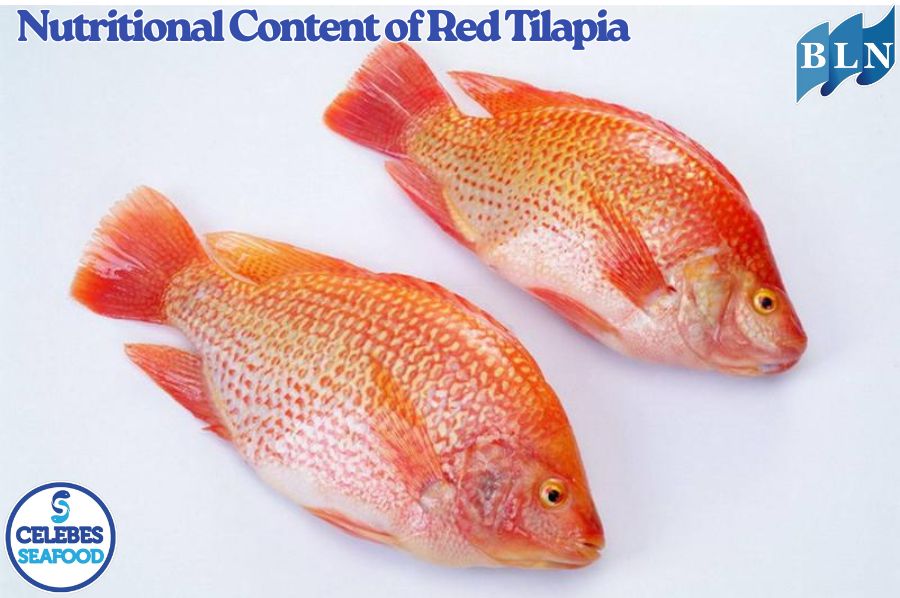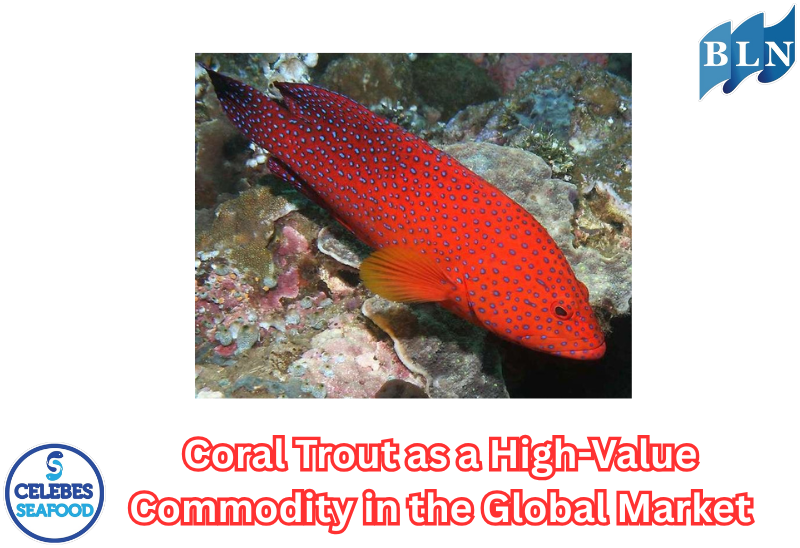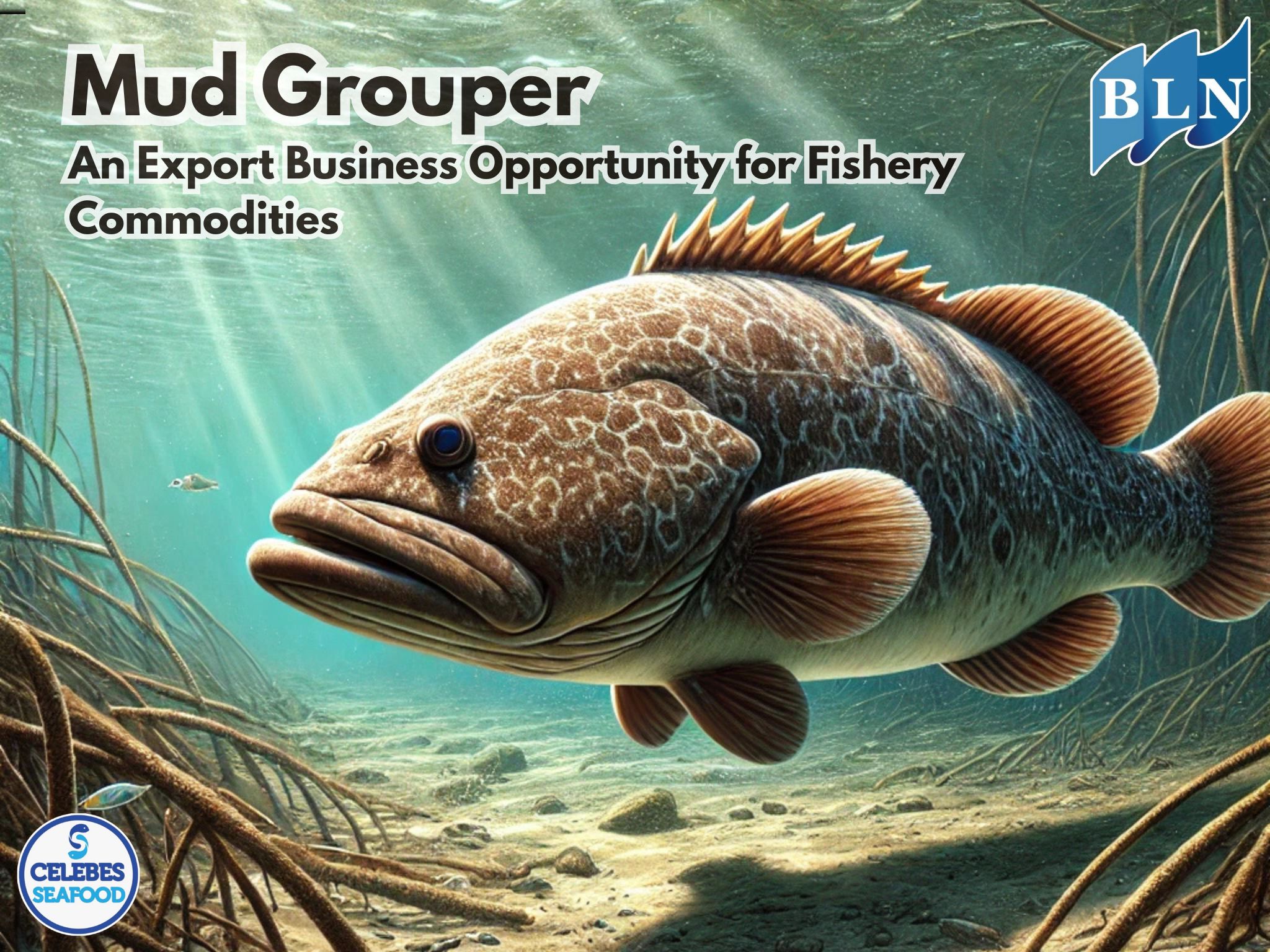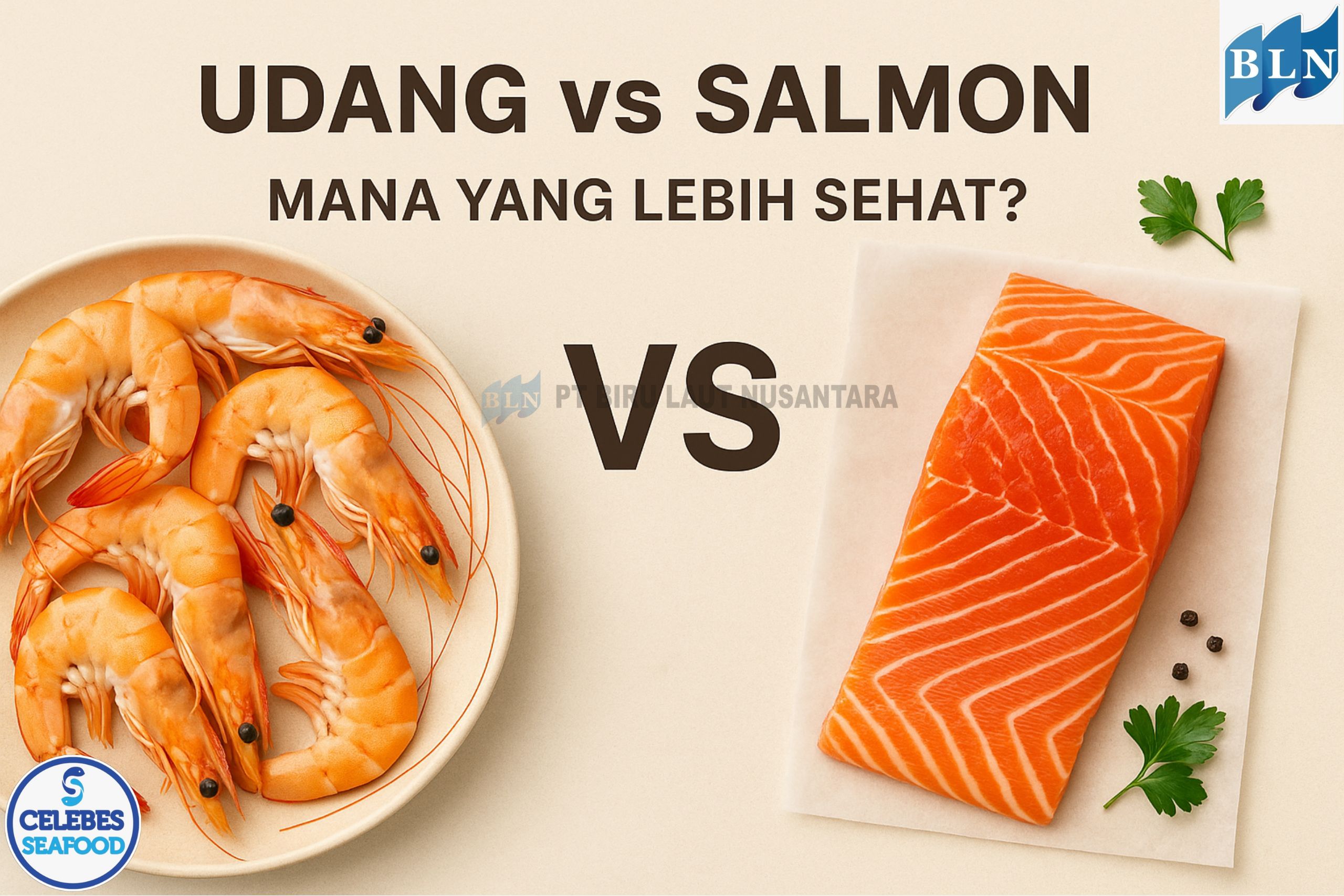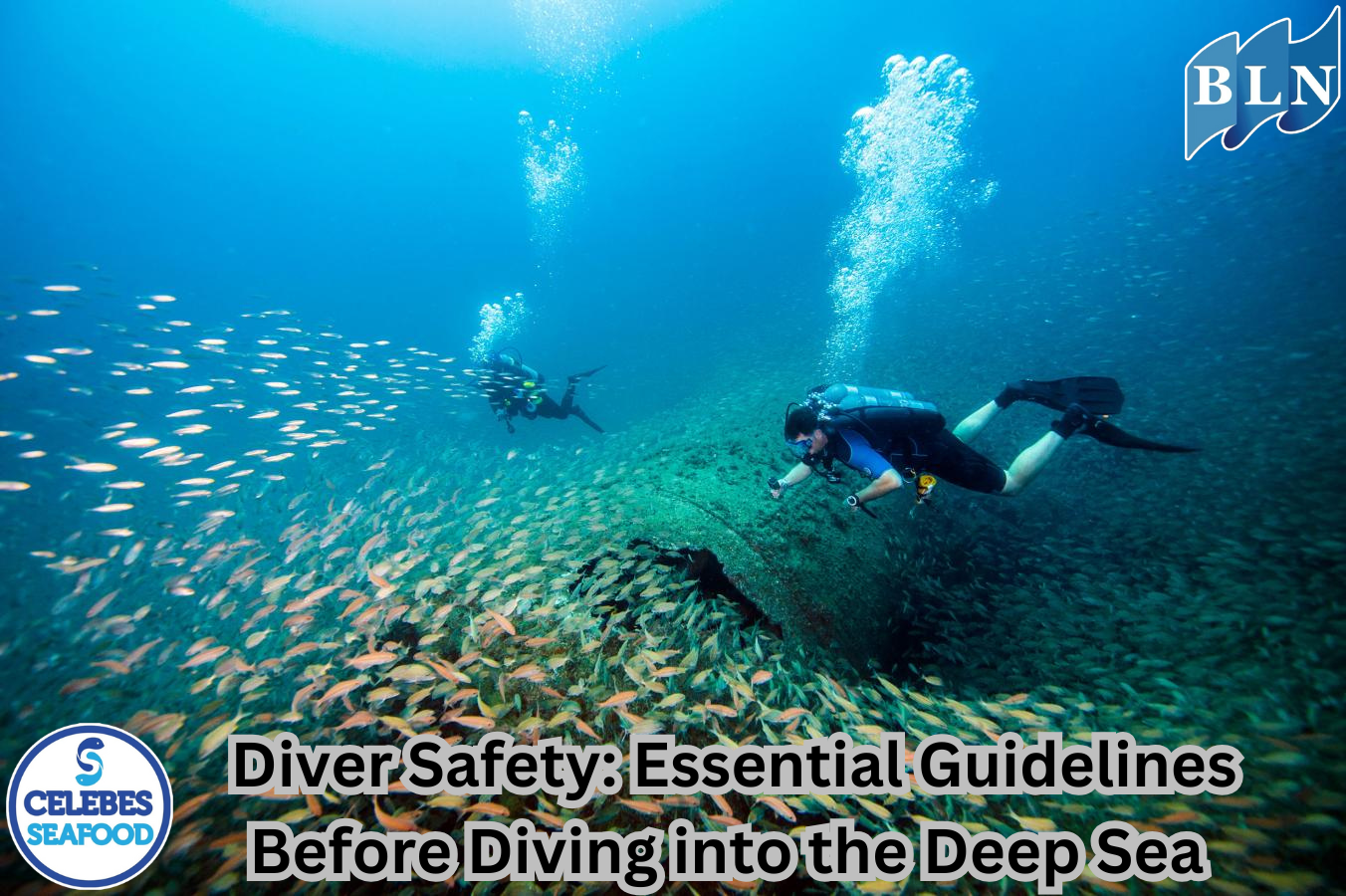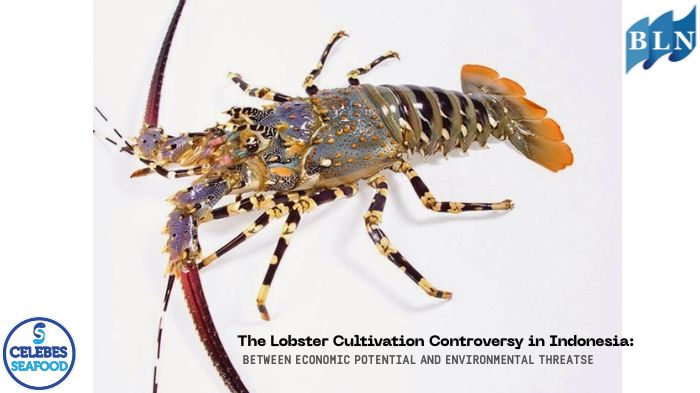The Fascinating World of Cuttlefish: Unveiling their Secrets
By. Edi - 14 Feb 2025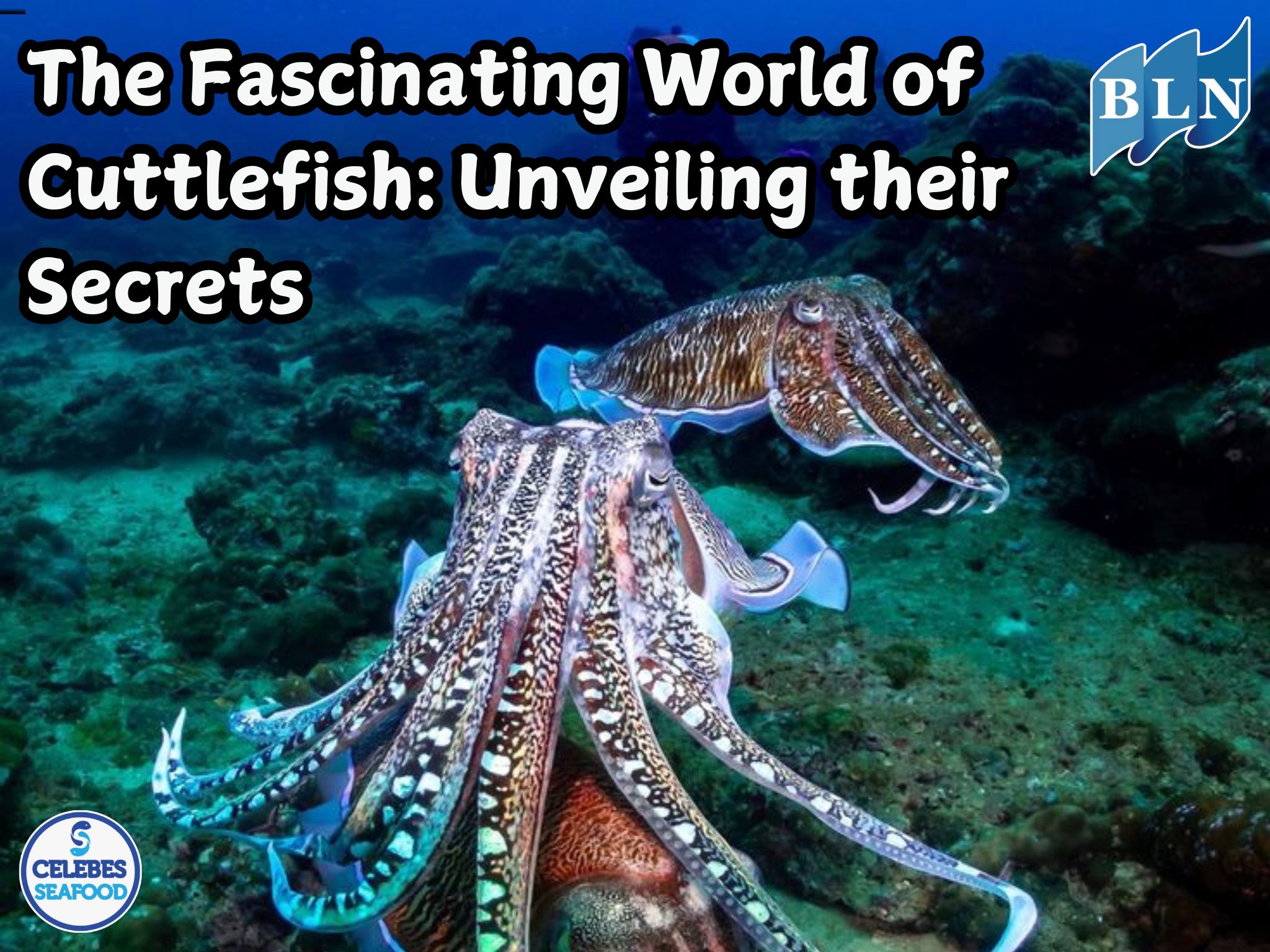
lautnusantara.com The cuttlefish has a skin comprising three layers of chromatophores (color pigment cells)—a bright yellow layer near the surface, under which is an orange-red layer and finally a dark base. Transformation from one color to another, which can take less than a second, is controlled by the nervous system. In just a few seconds, it can run a whole gamut of colors.
General characteristics of cuttlefish
Cuttlefish are also cephalopod molluscs, but belong to the order Sepiida. In this order, there are more than 100 species of cuttlefish. Cuttlefish are medium-sized molluscs and grow up to 16 inches long when mature. They have an oval shaped body. Their bodies also appear slightly flattened.
However, one of its most interesting features is the 10 irregular tentacles concentrated around the mouth. Of the five pairs of tentacles, five are shorter and each has two rows of small suckers.
The longest pair of tentacles is retractable and is usually three times the size of the other tentacles. At the end of these longer tentacles there are several irregular suckers. These long tentacles are very important in helping cuttlefish catch prey. These tentacles are also important during reproduction.
However, if the depth changes, so will the amount of ‘lift’ from the water. Therefore in order to be able to operate at varying depths and water densities, cuttlefish need to be able to adjust their overall density so as to always remain ‘neutral’ in the water. The cuttlefish does this by an ingenious mechanism. The bony shell actually has many narrow chambers. If these were all filled with gas, they would give a lift of up to 4% of the animal’s weight. However, they are only part-filled with gas—the darker areas shown are where it is part-filled with liquid. The cuttlefish is able to pump liquid in and out of that section as needed to keep the buoyancy ‘just right’.
Read Also : Here are the Differences Between Cuttlefish and Squid
Unique Abilities
- Color Change: Cuttlefish can change their body color to hide from predators or attract the attention of a mate.
- Ink Excretion: Cuttlefish can emit black ink to distract predators and allow them to escape.
- Swimming Ability: Cuttlefish can swim quickly and agilely using their tentacles.
The cuttlebone is a unique structure which provides variable buoyancy so the cuttlefish can hover in different water densities. This is done by varying the gas to liquid ratio in the cuttlebone. Making use of gas in a liquid environment “screams” complex design!
It has eight sucker-lined arms and two prehensile tentacles (which can be withdrawn into pouches under the eyes), and mainly feeds on fish, crustaceans and other mollusks. It hunts in the daylight, catching nocturnal prawns by blowing with its funnel and jetting them out of the sand. Like an octopus, the cuttlefish produces ‘ink’, in this case a brown fluid called sepia. However, it uses this defense only as a last resort, preferring to rely on its extensive camouflage capabilities both to hunt prey and avoid its own predators, such as sharks and dolphins.
The cuttlefish propels itself using a series of spurts, drawing water into a compression chamber which it squeezes to jet the water out a funnel under the head. Direction changes can be made by swivelling the nozzle of this funnel, and narrowing the funnel controls speed.
Like a submarine, the cuttlefish fills tiny compartments in its cuttlebone with gas to help maintain. This helps the cephalopod hover above the ocean floor, because although it has a sophisticated propulsion system its large cuttlebone does not allow it to be overly active, or quick in the water.
Read Also : Grilled Calamari: Healthy and Delicious, Suitable for Diet
The cuttlefish also has eyes which are similar in construction to human eyes, but evolutionists do not believe it has any direct evolutionary relationship to humans (i.e. there is no possible ancestor to both cuttlefish and humans which could have had such an eye). So this similarity is explained away as ‘convergent evolution’: the eyes of the cuttlefish and other cephalopods ‘evolved independently’ to humans. In other words, it is simply an evolutionary coincidence.
However, the similarity in the design of both the cuttlefish and human eye is easily explained—they had the same Designer! The origins of the amazing features of the cuttlefish can be more easily explained if we accept it as just another miraculous example of the work of the Creator.
If you are interested in our CALAMARI WHOLE ROUND CUTTLEFISH WHOLE ROUND, Octopus Whole Cleaned Yucatan please do not hesitate to contact us through email and/or whatsapp.
